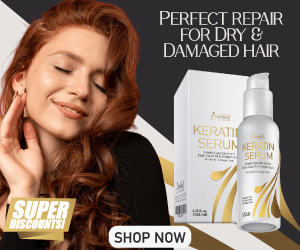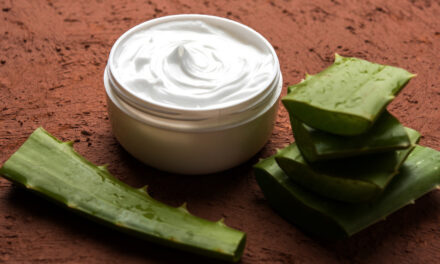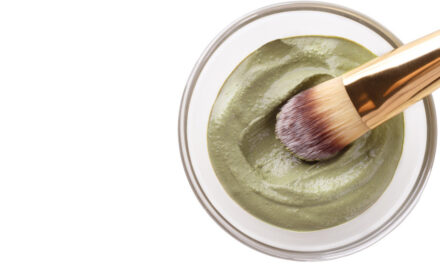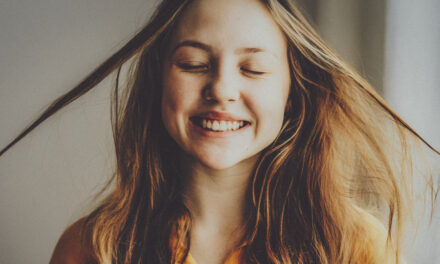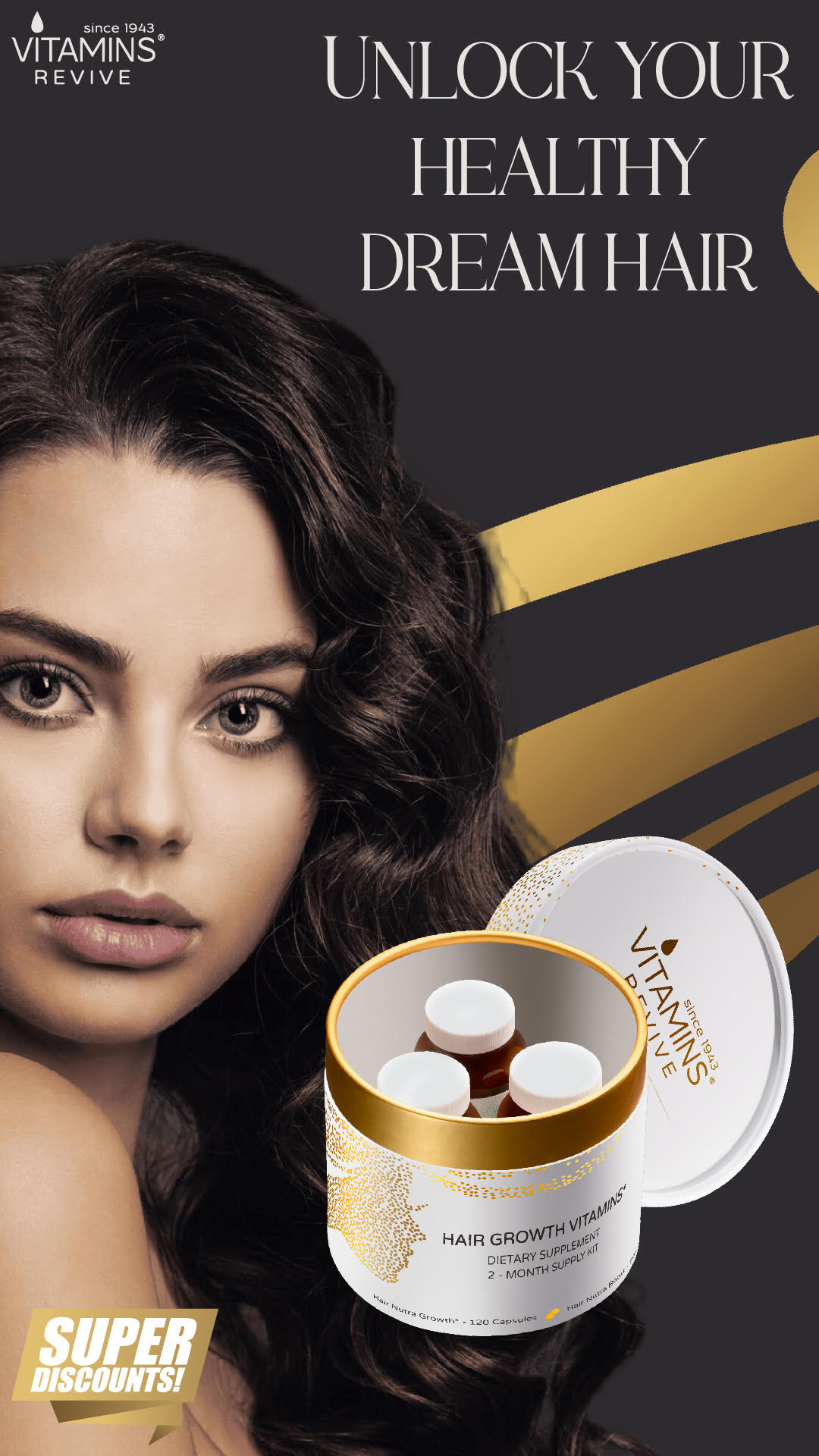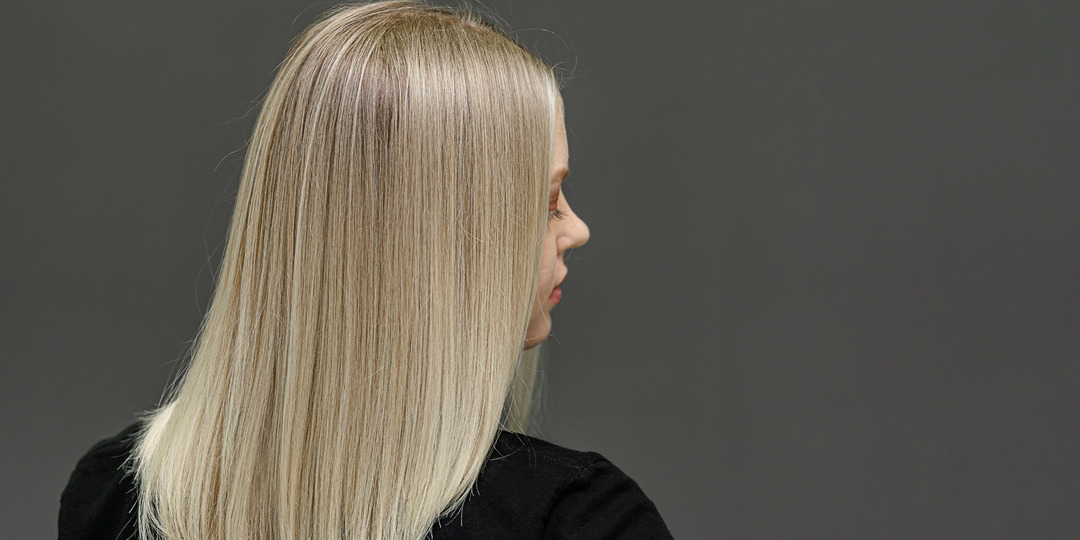
Bleaching hair is common, but what about the after-effects of chemicals that help bleach the hair? With increasing awareness of the harmful effects of these harsh chemicals, many look for ways to do their styling more safely and affordably.
Let’s look at DIY hair bleach options, if any, and how they work, and more about how to care for hair after a bleaching session.
What’s Hair Bleaching
To bleach your hair means lightening your hair color using bleaching aids, which can be done individually or with a toner or to take your current hair coloring job a step further. The most common hair bleach ingredient is hydrogen peroxide, used widely in all hair bleaching kits you can buy commercially.
Hair Porosity and Other Considerations
When considering bleaching hair especially going the DIY hair bleach way, there are a few considerations before you begin the process. So, let’s get to brainstorming, shall we?
Hair Porosity
Wondering what’s that and why it’s important? You’re not alone; not many think about this when considering bleaching. Your hair porosity determines how much moisture or hair color your hair will absorb, which will translate into your requirements for bleaching hair.
For example: If your hair’s porosity is low, then it’s not easy for color to absorb, whereas normal porosity allows for the right amount of absorption, and high porosity absorbs a lot quicker and loses as quickly too!
You can identify your hair porosity right at home in a few minutes. Want to know how? Take a bowl of water, add a clean strand, and watch what happens. If your strand sinks right in, your porosity is high. If your strand stays afloat, it’s low porosity, and if it sinks in slowly, it’s normal porosity.
Coloring Kit
When considering bleaching your hair naturally, make sure you stock up on the tools needed – the brush, coloring comb, a good set of gloves, and the right bowl to use your bleaching ingredients. You can also buy commercial kits that are now available.
Patch Test
Always do a patch test on one strand to check your hair’s results and check for allergies before applying any recipe. This will prevent any adverse reactions or reduce the damage.
Safety Precautions
When using natural remedies, the results might not be as cut and right as a commercial bleaching kit. So be prepared for things to go south and be open to fix them.
The results might not be as instant or perfect as commercial kits. But with time and patience, you could get closer to the desired results with trials and errors.
Bleaching is a process where your hair pigments are literally stripped off, so exercise caution and be sure it’s what you want to try before you delve further.
DIY Hair Bleach Recipes
Vegan Lemon Bleach

Lemon juice is one of the best bleaching aids and can get the desired results sooner. It’s also affordable and easy to find.
Ingredients and Measurements
- Lemon Juice – 1 Cup
- Conditioner or Water – 1/4 Cup
Instructions for mixing and application
Method 1 – With Water
Add the lemon juice and water to a spray dispenser. Shake gently. Your hair bleach is ready!
Spritz liberally on your hair till it’s wet, and sit in the sun for about 2 hours.
Rinse off, wash, and condition your hair.
Method 2 – With Conditioner
In a mixing bowl, add the lemon juice and conditioner. Mix to combine. Your hair bleach is ready.
Apply the prepared mixture on your hair using a brush – divide your hair into smaller sections for easy application.
Make sure to liberally cover your hair with the mixture and sit out in the sun for about 2 hours.
Rinse, wash off, and condition your hair.
Recommended Frequency
You can reapply once a week till you get the desired results.
Notes
Honey is also a humectant and prevents dryness. It is also a mild bleaching aid that can prevent hair dryness. You can add a tablespoon of honey if you’re not looking at vegan options.
The water method is for normal hair, and the conditioner method is for dry or damaged hair.
Vegan ACV Hair Bleach

Another one-ingredient bleach recipe it’s fairly milder compared to lemon juice. ACV lightens hair and leaves your hair with reddish highlights during the lightening process.
Ingredients and measurements
- ACV – 1 Cup
- Water – 1 Cup
Instructions for Mixing and Application
Add the ACV and water to a spray bottle or dispenser and shake to combine. Done!
Spritz liberally on your hair and let it sit for 30 minutes.
Rinse off, wash, and condition your hair.
Recommended Frequency
You can reapply once a week till your desired results are achieved.
Notes
You can add a few drops of essential oil for added aroma.
You can add honey for added moisturization if you’re not looking at vegan options.
Honey & Olive Hair Bleach

We use honey and olive oil to get the desired results here. This isn’t drying and leaves your hair shiny and soft.
Ingredients and Measurements
- Olive Oil – 6 Tbsp.
- Honey – 6 Tbsp.
Instructions for Mixing and Application
Add both honey and olive oil to a mixing bowl and mix thoroughly to combine.
Apply this mixture generously on your hair and sit out in the sun for an hour.
Wash off, condition, and let your hair air dry.
Recommended Frequency
You can repeat the process once a week til you get the desired results.
Notes
You can also add lemon juice to this recipe if you prefer. The honey in this recipe offsets dryness and irritation associated with lemon juice for those with sensitive skin and scalp.
DIY Vegan Baking Soda Hair Bleach

This is another one-ingredient recipe that can come in handy as homemade hair bleach. You have probably used baking soda earlier but never knew it could help to lighten the hair. So, let’s learn how.
Ingredients and Measurements
- Baking Soda – 4 Tbsp.
- Water – 4 Tbsp.
Instructions for Mixing and Application
Mix baking soda, adding enough water to get a thick paste. Done!
Apply the paste to your hair and wait for about 20 minutes.
Rinse off and wash with a mild shampoo.
Don’t forget your conditioner.
Recommended Frequency
You can reapply once a week till you get the desired results.
Notes
You can add less or more water as needed when you prepare the recipe.
Aftercare Tips
Bleaching alters your hair a lot and, as such, takes a toll on your hair and scalp. Deep conditioning treatments are mandatory for soothing and nurturing your hair and scalp and should be part of your hair care routine till you nurse your hair back to health.
Avoid heat and styling products till your hair health is restored. These damage your hair further and should be avoided at all costs. If you can’t avoid it fully, reduce the usage to a bare minimum.
Wash off your hair and scalp thoroughly after you bleach your hair, and make sure to follow up with a deep conditioner.
Don’t use it more frequently than recommended.
Conclusion
DIY can be frightening, especially for a complicated task like bleaching. But fret not; with natural ingredients, you have some leeway, and there are ways to fix when things go awry for the most part. So go wild and remember you’re going to cut back on the harmful chemicals and harsh ingredients that are part and parcel of commercial products.
Many ingredients are used for bleaching, including but limited to Rhubarb Tea, Chamomile Tea, Cinnamon, Salt, Vitamin C Powder, etc. The results can vary slightly based on the ingredients chosen. DIY is a safer and more affordable route to comprehensive and problem-free hair care, but it does take some trial and error to identify what works for you and what doesn’t. Enjoy the journey, go with the flow, and the results are worth it.
As with every other recipe, feel free to add your own tweaks and changes to the recipe. The fun part of DIY is the experimentation and trying out mini versions of different recipes. So do your thing and come out with a recipe that reflects you!
Doubtful about going the DIY route? We’ve got you covered with a range of products that are premium and vegan from Vitamins Revive. Check out their online store and see if a product meets your preferences and requirements.
FAQs
Can I use laundry bleach to bleach my hair?
Absolutely not. The bleach we use for clothes is to remove stains and bleach whites, and the constituents are different from that of a hair bleach product.
Are natural options harmless for bleaching?
While natural ingredients are comparatively mild, you can’t exactly say harmless when altering your hair’s natural structure. But yes, it is comparatively safe and free from side effects.
How often can I bleach?
You can use chemical bleaches once or twice a month. You can try natural options as suggested – once a week until the desired results are achieved.
Can I keep bleach longer than suggested to reduce repetitions?
Nope, bleaching aids can irritate your scalp if kept longer and should be overdone. Rinse off at the suggested duration to reduce instances of irritation and itching.
Can I apply these hair bleach recipes when my hair is wet?
Yes, you can. The hair cuticle readily absorbs ingredients when wet, resulting in faster results. However, make sure to get the aftercare right and don’t ignore the need for a deep conditioning treatment.
Can I use diy bleach for dry hair?
Yes, you can. Like mentioned earlier, use a conditioner or other nourishing and moisturizing aids during and after bleaching your hair to nurture your hair back to health.
How to prevent or stop hair breaking after the bleaching process?
Hair breakage is more common with chemical hair treatments than with a natural diy bleach job. However, bleaching hair can still affect your hair and cause hair breakage, hair fall, or scalp irritation and itching. A conditioning treatment should help you through it.
Is it OK to bleach your own hair?
A homemade hair bleach using ingredients from your pantry is absolutely OK to bleach your hair. They’re not as harsh as hydrogen peroxide or other harmful ingredients present in hair colors, bleach kits, etc. However, you will still need to nurture and nourish your hair after using homemade hair bleach recipes to restore your hair’s health, considering we alter the hair’s natural traits.
Can I use toothpaste to bleach my hair?
Absolutely not! While there are instances that show toothpaste can cause lightening of hair, it’s not a safe way to bleach hair and is a definite no. Besides, there are no major studies done on that method.


